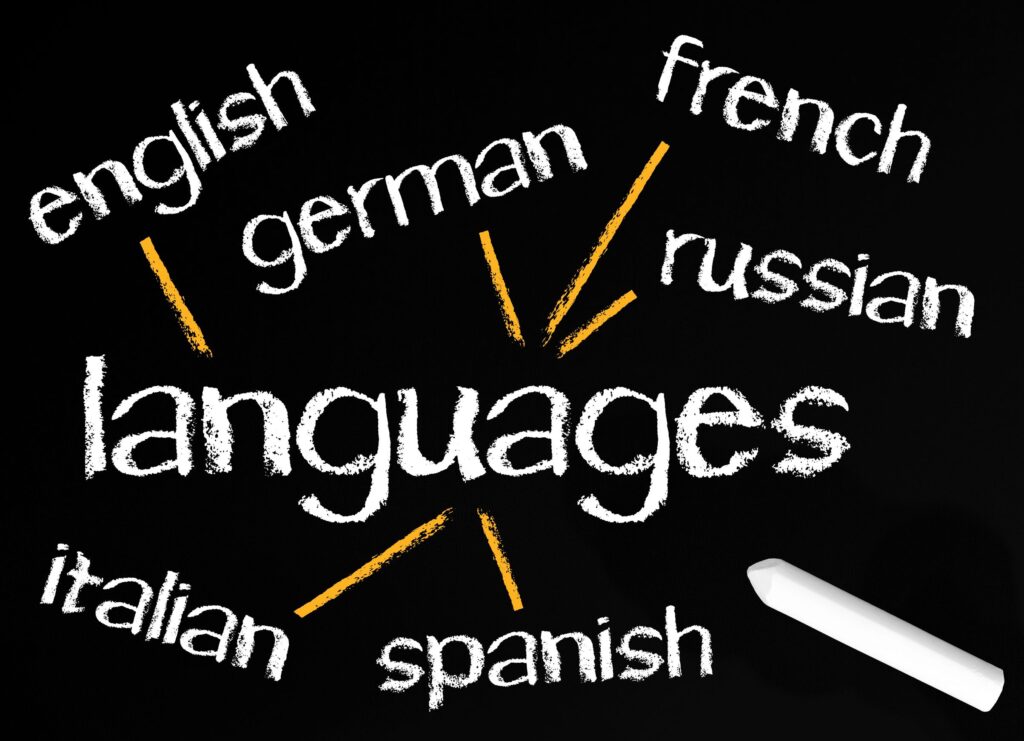Before we define sign language interpreting, let us first define what sign language is. Sign language is visual communication, using hand signals, gestures, body language, and facial expressions. It is the primary form of communication of people who are deaf and hard of hearing. It is also an effective communication technique for people with disabilities such as Down syndrome, cerebral palsy, apraxia of speech, and autism.
Sign language is not universal. Similar to the spoken language, the visual communication method developed naturally. There are about 300 different types of sign language people use around the world.
Most countries that share the same oral language do not have the same sign language. For example, the United States has the American Sign Language or ASL. The United Kingdom uses British Sign Language (BSL). In Australia, they use the Australian Sign Language or Auslan. Sign languages have their unique grammar, vocabulary, and semantics.
What is sign language interpreting?
Most TV programs today have a sign language interpreter, to comply with the rule to provide equal access to information to everyone, whether they can hear or they have a hearing impairment. The interpreter uses sign language to convey the information in the program’s audio to viewers.
What do sign language interpreters do?
Sign language interpreting guarantees the participation of people with hearing difficulties in business meetings, events, conferences, lectures, and other similar activities. When you offer the sign language interpretation service to your event, you make it possible for participants whose primary mode of communication is sign language, equal access.
In events, the sign language interpreters work between a sign language and a spoken language, which benefits two unique audiences: those who use spoken language and those who use sign language.
The sign language interpreters do not work from a booth like other interpreters. They need to be close to the speaker so they can hear them. They need a high-quality audio feed to ensure clarity. When interpreting into other sign languages, the interpreter must have an excellent view of the signer.
Sign language interpreters work in a one-on-one setting or in group situations, such as government, law offices, courtrooms, doctors’ offices, hospitals, schools, and performing arts.
The interpreter interprets all the content and the contextual information to achieve the goals of the speakers and to ensure that both sides have productive communication.
It takes exceptional skills to be a sign language interpreter. The person must always fully understand the subject and can accurately translate the information. Aside from English language proficiency, the interpreter must have excellent sign language skills, together with listening and communication skills.
The interpreter must have an excellent memory since the interpreter needs to remember what the speaker said in detail so the interpretation is accurate. In some situations, the interpreter will do advanced research if the subject is technical or complicated.
Is it hard to learn sign language interpreting?
Learning American Sign Language is like taking a foreign language course. At the very least, you will take six three-credit ASL courses over two or three years to gain a beginning-intermediate skill.
Course in signing
It will take two more years to reach an intermediate-fluent skill in the ASL-English interpretation training. You can achieve fluency a few years after graduation, which means getting plenty of practice and experience.
Here is a sample credit-based curriculum for ASL studies (Signing Naturally program).
- Level 100 comprises two-semester courses in ASL 101 and ASL 102, with each three-credit course comprising 60 to 65 credit hours from each semester.
- Level 200 comprises two courses, ASL 201 and ASL 202, which the student will take at one course per semester. Like the first level, each course requires 60 to 65 credit hours.
- Level 300 comprises two courses, one per semester, with each one requiring 65 credit hours.
Some programs require the students to take additional two 45-credit hour courses.
After finishing and passing the full course, the student will receive a diploma in ASL and Deaf Studies, which is equivalent to a degree in Bachelor of Arts major in ASL and Deaf Studies. The student will be a signer.
ASL-English interpretation course
If your goal is to become an ASL interpreter, you must pursue further studies. The course will take another two years of the full-time program.
According to the University of Northern Colorado website, their extended campus offers a bachelor’s degree program for ASL and English Interpreting. It consists of a 120-credit program requiring 11 semesters the student should take consecutively. This is because the school offers the interpreting courses in sequence and available only once each year.
In years one and two, the program focuses on developing the English and ASL skills of the students. In years three and four, the focus is on interpreting skills.
Certifications
Recently, the Registry of Interpreters for the Deaf (RID), offered the certification program called the Certified Deaf Interpreter (CDI) for graduates of the five-year bachelor’s degree program. It requires the sign interpreters to finish a 40-hour training, meet the educational requirements and pass the performance exam of RID.
The National Association of the Deaf (NAD) also offers assessment and certification programs in five levels: Assessment for Level I and Level II for novice sign interpreters. Those who are in these two levels will receive a profile/graph sheet, but they are not yet interpreters. The other assessment type is for those who have reached Level III (Generalist), Level IV (Advanced), and Level V (Master). In the last three levels, those who pass will receive a certificate, a profile/graph sheet, and a wallet-sized copy of their certificate.
Can sign language interpreting help in social distancing?
Up to a certain degree, sign language interpreting can help in social distancing because the deaf and the hard of hearing can still understand the information through sign language without the need to be close to the other person.
But wearing a face mask can be detrimental for the lip readers. As the government eases quarantine restrictions to re-open the economy, wearing face masks will be a normal practice. It is being a problem with the deaf and hearing-impaired communities.
A sign language interpreter is not available all the time, therefore it’s another burden that will make life difficult for deaf and hard-of-hearing people.
Contact eTS if you need help in sign language interpreting.
Customer support and help, particularly for people who are deaf or hard of hearing, is very much the focus of attention today amid the health crisis. If your organization, office, facility, or events needs to comply with federal, state, and local regulations to provide equal access to information to all individuals regardless of their health and physical conditions, get in touch with eTranslation Services. Tell us what you need and we will connect you with any of our certified sign language interpreters immediately. Email contact@etranslationservices.com or call us at (800) 882-6058.



